The Internet
Yahoo! Officially Launches
March 5, 1995
The Yahoo! search engine officially launches on the Internet. 13 months later, Yahoo! will hold its IPO at a price of $13 per share. Yahoo!’s stock will peak at $475 in January 2000, and fall to $8.02 in September 2001.
The World’s First Internet Election
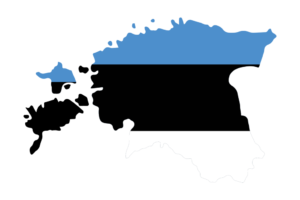
March 4, 2007
The 2007 Parliamentary elections held on Estonia on this day were the world’s first nationwide election where voting was allowed over the Internet. A little over 30,000 out of 940,000 registered Estonian voters participated in Internet voting that year, which was conducted from February 26-28 prior to the election. Voters had to use their state-issued ID and enter two passwords to cast their votes online. From the 3.4% of voters who voted over the Internet in 2007, nearly 44% of Estonian voters did so in their 2019 elections.
Gates Admits Netscape Lockout
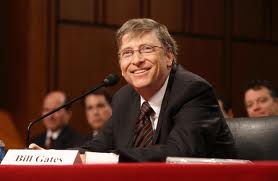
During a hearing on Microsoft’s alleged antitrust activities, Bill Gates admits Microsoft’s contracts bar Internet content providers from promoting Netscape’s browser. Eventually, Internet Explorer dominates the web browser market as it is shipped for free with every copy of Windows.
Netscape Discontinued
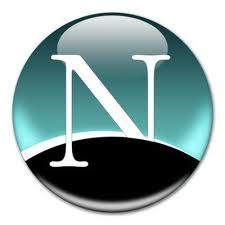
America Online discontinues the Netscape web browser. Netscape was the first commercial web browser, largely responsible for helping popularize the Internet in the mid-1990’s. Netscape eventually was overtaken by Microsoft’s Internet Explorer, as Microsoft included it for free with every copy of Windows. However, the computer code for Netscape lives on as the basis of the Mozilla Firefox browser project, which continues to gain popularity to this day.
The First Web Browser Introduced
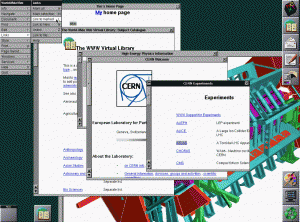
Tim Berners-Lee, the creator of the World Wide Web, introduces WorldWideWeb, the first web browser and WYSIWYG HTML editor. This software was later renamed Nexus to remove confusion from the World Wide Web itself.
First Internet Only Bank
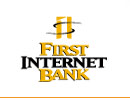
The First Internet Bank of Indiana opens, becoming the first full-service bank accessible only through the Internet. Who knew it would take a couple of hoosiers to start the first Internet bank?
In the Beginning Apple.com Was Created
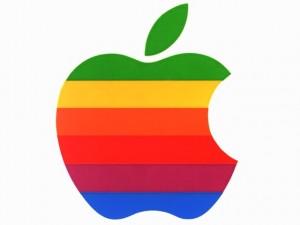 February 19, 1987
February 19, 1987
The Internet domain apple.com is created. Note that this was a full 4 years before the World Wide Web was launched or microsoft.com was registered … I’m just sayin’.
They Put the “You” in “Tube”
 February 15, 2005
February 15, 2005
The now-ubiquitous video sharing site, YouTube, is launched. Few web sites have had such an immediate impact on our usage of the Internet. Less than 2 years after its launch, Google paid $1.65 billion dollars to purchase it. Today, it only trails Facebook, Google, and Gmail as the most visited web sites in the world. Additionally, they created a new marketplace for the words “you” and “tube”.
She Was Also Famous for Tennis
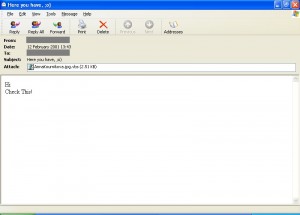 February 12, 2001
February 12, 2001
Jan de Wit sends out an email stating that it is a picture of the famous tennis player Anna Kournikova. Rather than being a picture of the Russian known more for her looks than her play (although she was ranked as high as #8 in the world in singles and #1 in doubles), it was a malicious script that tried to send itself to every address in a user’s address book and e-mail inbox (Windows users only, of course). The malware was so efficient, it was known to be spreading twice as fast as the “Love Bug” virus that devastated corporate networks a year earlier. The moral of the story is that men are easily manipulated.
First Use of the Word “Podcast”
In an article “Audible Revolution” published by The Guardian on this date, Ben Hammersley described a trend of amateur radio on the Internet. With no established name for this new phenomenon, Hammersley suggested the terms Audioblogging, GuerillaMedia, and Podcasting. Given the popularity of the Apple iPod and how many people were using the iPod to listen to these prerecorded audio shows, the term Podcasting stuck and the rest is history!

